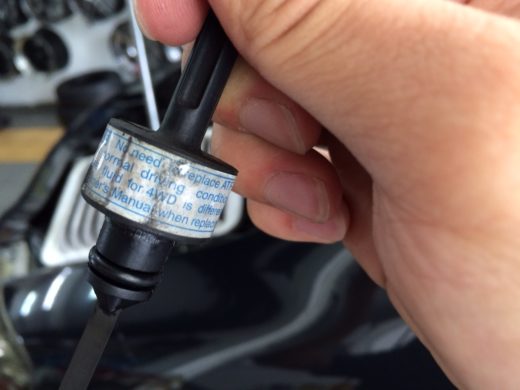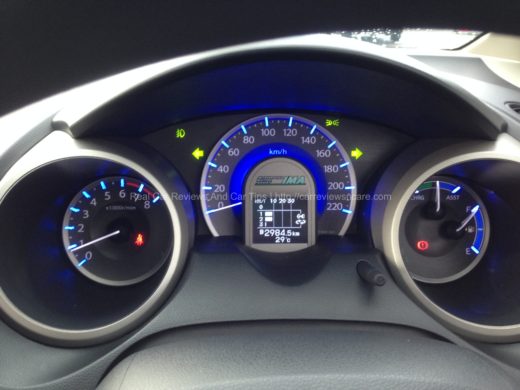Buying a used car means you can snatch yourself a real bargain. There are over 7 million second-hand cars sold in this country every single year. That’s an enormous market with plenty of choice! If you search hard enough, you’re bound to find the perfect car at a great price. But, how do you tell the difference between a bargain and a disaster? Just looking at the car, you can’t always tell the true condition. You don’t know the history either. In this post, we’ll show you how to perform the crucial checks on a used car.
- Service history and documentation
Every used car should come with a full service history. This details every repair and service the car has undergone. A car in good condition should have a relatively clean history. You’ll see regular health checks and the odd maintenance touch-ups. If there are large chunks of history missing, it could spell trouble. You should also ask for the last MOT certificate to ensure the car is roadworthy.

- Check the fluids
Now it’s time to get under the hood. If you’re visiting cheap car dealers, they’ll all let you inspect the engine. It’s standard dealership procedure, so don’t be afraid to get stuck in! The first thing to look out for is a burning smell coming from the engine. As you would expect, this is bad news! It suggests there’s a leak somewhere. Start by checking the oil condition, and use a dipstick to check the level. Healthy oil is a nice light brown colour. If it’s black, it suggests the car hasn’t been particularly well looked after. You should also check the level and condition of the coolant and brake fluid.
- Check the tyres
The tyres will tell you a lot about the condition of the car. A well-maintained car should have a tread-depth of at least 2mm. The tyre pressure should also sit in between the manual’s recommendations. Flat tyres or high pressure means the car may have been putting excess tension on the engine. Lastly, look for uneven wear on the tyres themselves. Sometimes, when the steering alignment is wonky, the tyres will wear down unevenly. It could be a sign of something more serious.

- Mileage
When you’re buying a used car, it’s worth taking a cautious approach to the mileage. Some private sellers still use clock-winding techniques to lower the mileage. Always check the milometer figure against the service history. It should match up. You can also look for signs of damage around the dial itself.
- Paintwork
Lastly, take a good look around the car and underneath the chassis. You’re looking for signs of repair and any creeping rust. If you see rust, run a mile! You should also look for small bubbles in the paintwork. This generally means rust is on the way, and you’ll require some additional bodywork.
If the car passes all these quick tests, then congratulations. You’ve found yourself a bargain! Now, pay the dealer quickly before they realise what a great deal you’ve got!
Facebook Comments